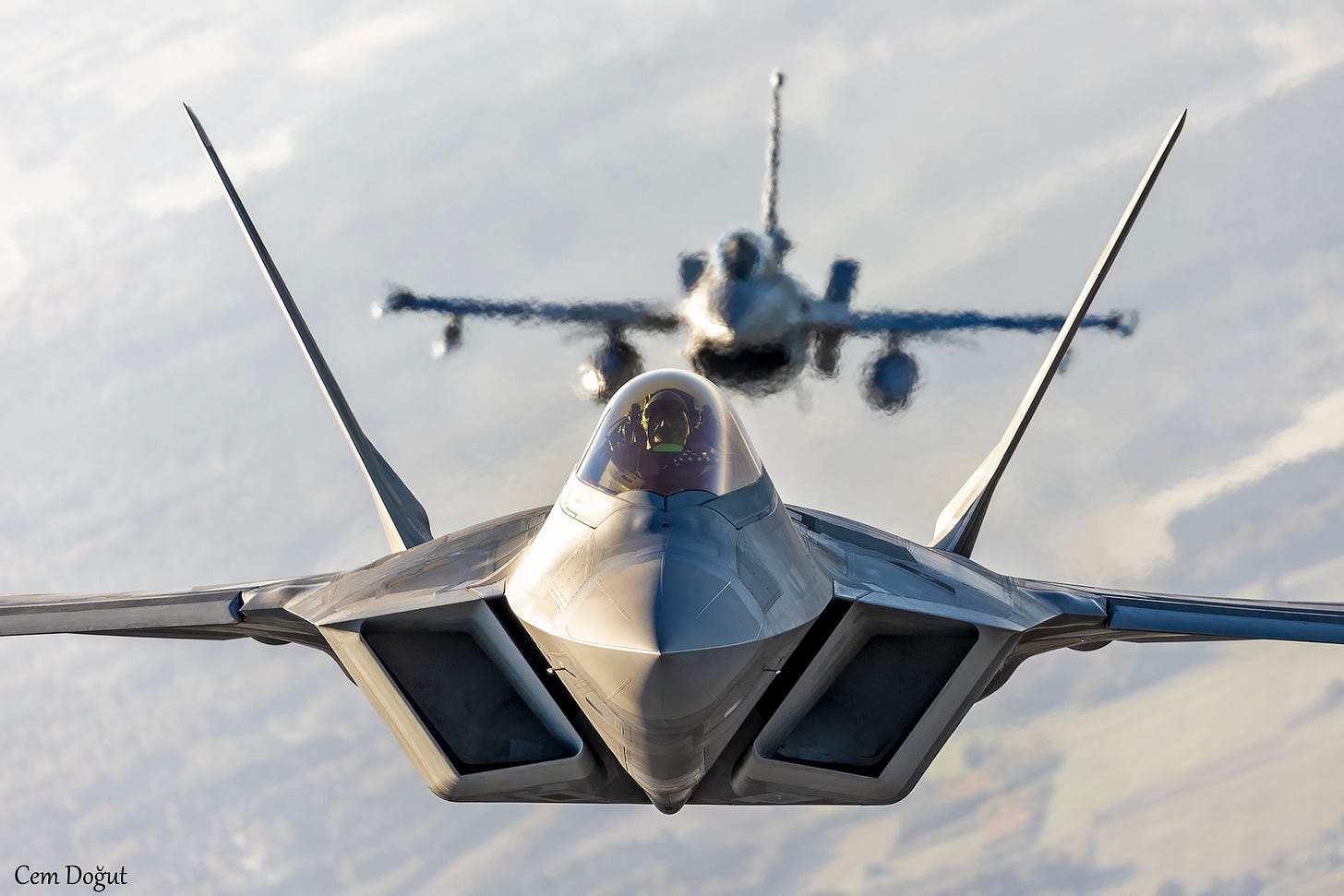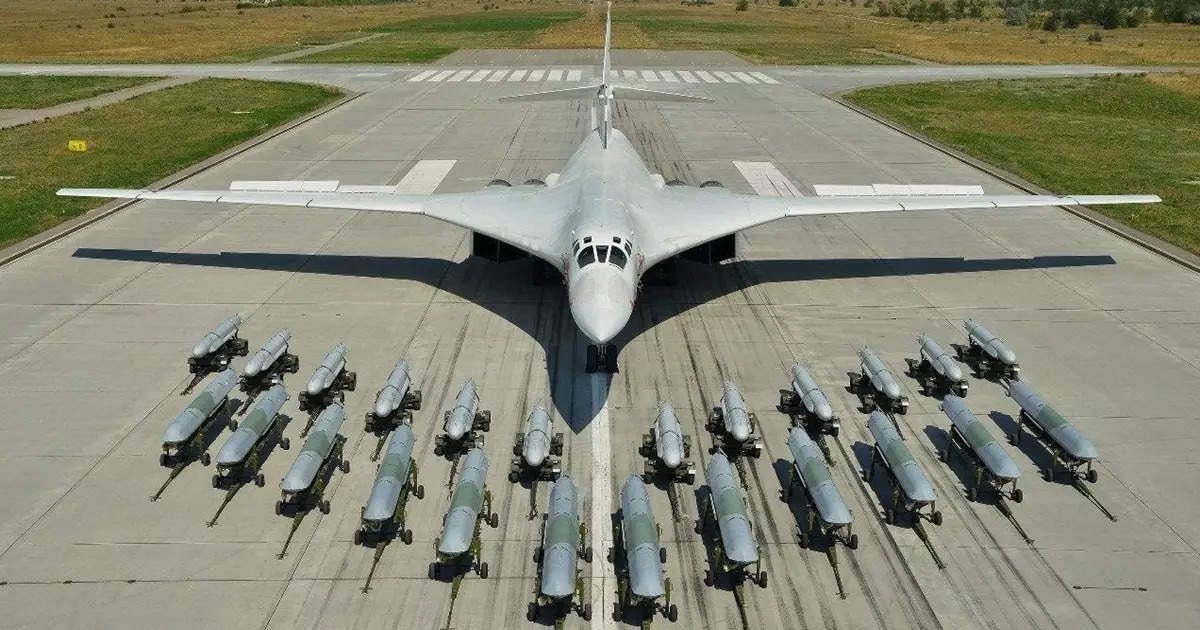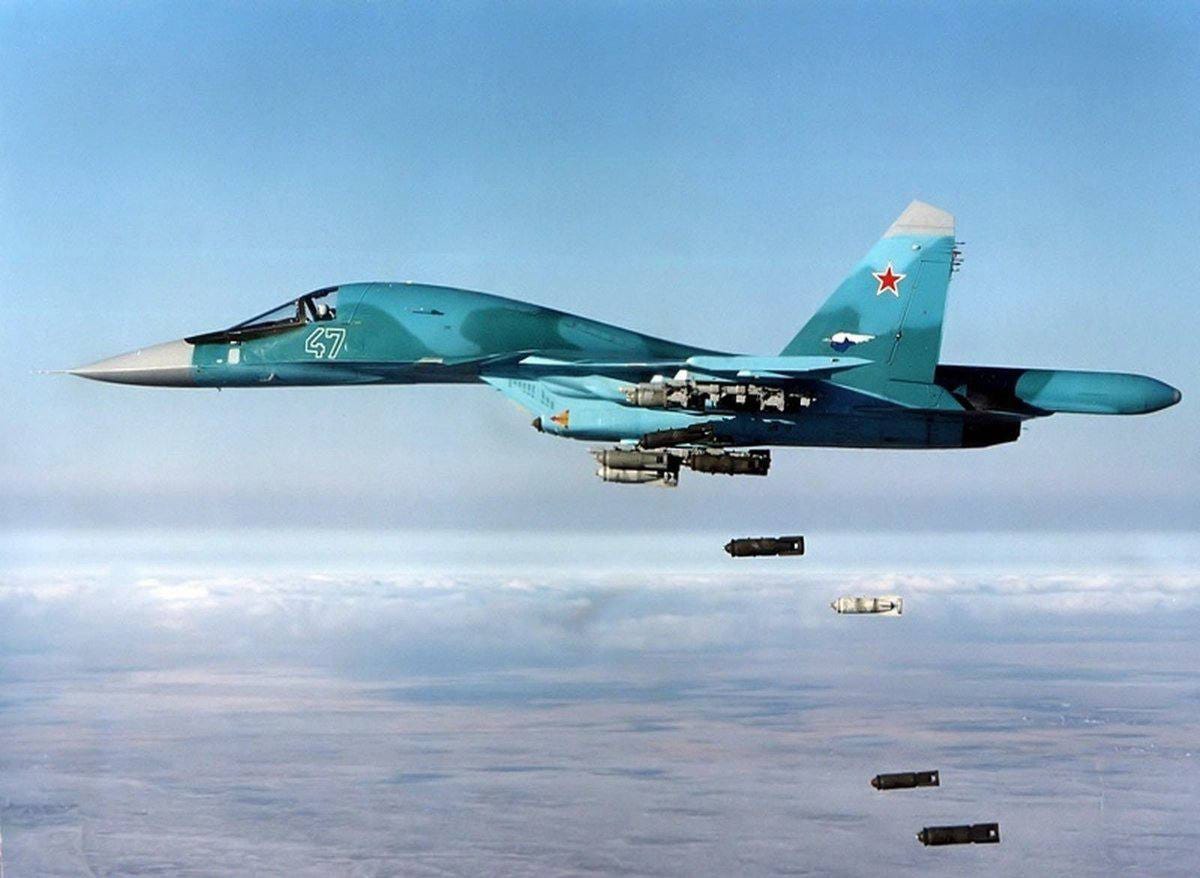The Russian Air Force has been very effective, contrary to Western narrative, short take-offs, and more
The Russian Air Force has re-engaged itself in Ukraine over the last ten days and has conducted strikes across all the provinces of Ukraine, affecting 1,100 towns in Ukraine. These strikes have increased as Russian troops have been retreating and losing territory that they previously controlled. The Russian Air Force targeted electric and energy supply stations including water infrastructure. Striking public infrastructure has not been a part of Russia’s playbook as it has concentrated its air-strikes against Ukrainian armed forces. Since the air-campaign first began in February this year, Russia primarily targeted military installations of the Ukrainian armed forces, in order to achieve fast and effect suppression of their armed forces. This was done to ensure that Russia is seen as being against Ukrainian establishment and not it’s people. The recent strikes have clearly deviated from Russia’s doctrine and it needs to be studied closely to understand what Russia plans ahead for the winter.
Analysis
When Russia attacked Ukraine, the Russian Air Force held a clear majority in terms of numbers and technology, as Moscow was able to field around 800 strike and fighter aircraft against Ukraine’s 80 odd fighters. The difference in attack helicopters was also massive with Russia operating around 700 gunships against Ukraine’s 30. There is enough evidence that highlights the type of payload dropped by Russia in the first 10 days of the war, as Russia fired 1100 KH-101 cruise missiles into Ukraine and by August the total cruise missiles used were almost 4,000. This means that over time, regardless of Russia’s retreating position on the ground it has more than tripled it’s strikes, proving that the Russian Air Force has been effective in creating an open air-space for its strike aircraft. The cruise missiles have had a hit-rate of 90%, however Ukraine has managed to keep it self afloat through the air-onslaught, partly because of the massive influx of funds and equipment from NATO countries.
The use of cruise missiles indicates that Russia has limited intentions of collateral, though collateral damage will always be a given in any form of conflict. However, cruise missiles, smart weapons and precision guided munition are meant to effectively paralyse enemy defences, keeping civilian population from harm’s way. Russia has engaged its air-power with a purpose of fulfilling a moral obligation, though it is easily capable of deploying immense tonnage of unguided and ‘dumb’ bombs which would lead to catastrophic loss to civilian property and life. In the era post WWII of using air-power, it has largely been America and its allies that have undertaken massive air-dominance strikes and raids, whether that was in Vietnam, Iraq, Afghanistan, West Asia, Kosovo and so on. After WWII, America and it’s NATO allies have bombed a total of 29 countries in their various air campaigns, and every campaign has witnessed a massive use of unguided bombs. American Generals have explicitly stated that during its campaigns, more than 90 percent of payload dropped were ‘dumb’ bombs. Of the 29 countries that have been bombed by America and NATO, only five had official Air Forces with a chance to challenge Western Air Power and these countries are Syria, Iraq, Libya, Vietnam, Yemen, and Pakistan (Though Pakistan’s bombardment was mostly using Armed Drones, targeting harboured terrorists, with the PAF being kept informed). Since WWII, America hasn’t had to engage in an air-campaign against a modern air force, and bombing small countries has been easy pickings for its Air Force, Navy and Marine Corps. Additionally, America has almost always deployed its strategic and stealth bombers and fighters including the B-52, B-2, B-1, F-22 and F-35 during bombing raids. This allowed American pilots to gain combat experience (though there was never any serious threat) and allowed it to increase its Joint-Manship synergy with American ground-forces. It is the Joint-Manship between Russian ground forces and its Air Force that has been amiss, not the effectiveness of its Air Force that popular Western Media like The Economist, Forbes, Atlantic and many more have portrayed. The only thing missing is Russia’s use of massive carpet bombing with dumb bombs, a tactic that Western Air Forces and media have been comfortable with.
Russian President, Vladimir Putin may have miscalculated his invasion of Ukraine, however, he is aware of sensitivities of Ukrainians, particularly in the Donbass region. Along with largely using cruise missiles and guided rockets, Russia has mostly used its attack helicopters and Su-25 aircraft. Russia has deployed its air superiority aircraft such as the Su-30, Su-35, Su-34, Su-57 in rare occasions, and largely to intimidate NATO air patrols that have been ongoing close to Western Ukraine since September 2021. There is no doubt that Russian Air Force has taken losses in their operation in Ukraine, and this happens in all air campaigns. America lost its fighter aircraft to Taliban’s ground-fire which was a terror outfit without an official Air Force, though today’s scenario is totally different with the US willing to negotiate with the Taliban government in Afghanistan.
Putin has never been risk-averse, and his actions in Chechnya, Georgia and Crimea pay testimant to that. However, he is aware that tensions with NATO are going to peak this winter, and it will be his Air Force which will be his greatest asset in the escalating conflict. The selective use of mostly Su-25s and attack gunships has been undertaken keeping in mind that the conflict has a high plausibility of expanding this winter, with NATO getting involved albeit how catastrophic that will be. The increased use of Iranian armed drones like the Shahed-136 and other kamikaze drones allows Russia to pull out its attack gunships and Su-25s from the battle-field, saving manpower and vital aircraft in anticipation of an escalation from NATO.
Russia had not expected a stiff riposte from Ukraine, and Western support has been Ukraine’s lifeline. However, Moscow has used its Air Power very effectively, contrary to western narrative as Moscow didn’t follow Western doctrine of carpet bombing to paralyse the adversary, keeping its strikes calculated and contained. Russia’s most modern aircraft have been kept judiciously for the plausibility of the conflict spreading, and though Russian ground troops are on the retreat currently, the Russian Air Force has successfully conducted an eight-month long air campaign, selectively picking out Ukrainian defences. This has been done while preventing collateral damage to civilian areas, and keeping its losses to a minimum, though various western media sources have pegged the losses at 55, 47, 200, 24, and 300. Clearly, western spin doctors have contoured a narrative arguing the lack of superiority by the Russian Air Force, yet evidence and cracks in the narrative indicate that Russia has clearly utilised its Air Force effectively and with a sense of moral obligation too.
Short Take-Offs
Headlines from the world of aviation.
A Russian Su-34 crashed into a residential building with the pilot ejecting safely. Fourteen people were killed and fifteen injured in the crash. The cause of the crash is still unknown.
Indian Army’s Dhruv MK IV attack variant crashed in Arunachal Pradesh, 35 kms from the China Border. Four people were killed in the crash and an investigation is currently ongoing. Air Traffic Controller had received a Mayday call before the crash.
A US Air Force F-35 crashed in Utah with the pilot ejecting safely. The pilot has been released from the hospital and the investigation for the cause of the crash is ongoing.
The Indian Air Force has placed an order for seventy HTT-40 trainer jets for 6,800 crore Rupees. In my very first Newsletter I had explained how the HTT-40 had received its airworthiness certificate and would soon be a part of the IAF’s fleet.
Myanmar Air Force has purchased several FTC-2000 aircraft from China and eight of its pilots have been training on the aircraft in China since June. With sanctions and arms embargo on Myanmar, China has been a trusted and supplier of fighter aircraft and weapon systems.
A Russian Su-27 fired a missile at a British Royal Air Force RC-135 over the Black Sea escalating tensions between Russia and NATO.
Still of the Week

Switching to Guns. Image Credits- Cem Dogut






Well argued Rohan. Claims and counterclaims on losses are part of all wars. Let us see how the war plays out in coming winter months. Economics/ politics and situation at home in each country may decide how much support Ukraine can get from Europe/ NATO/ USA.